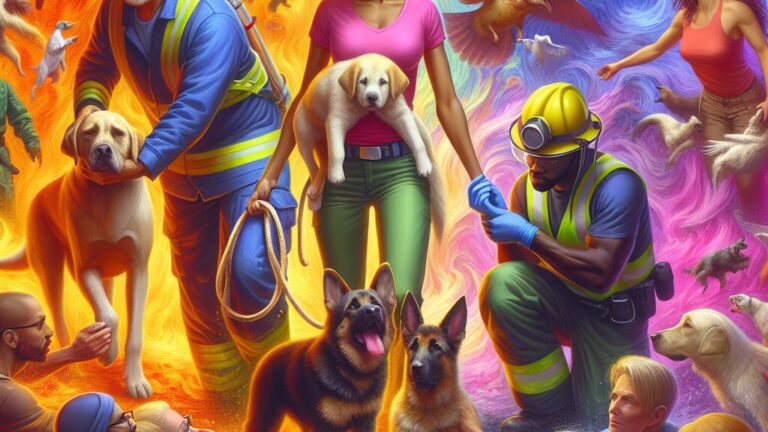What to Consider Before Volunteering at a Dog Rescue
Compatibility with Dogs
Reflect on your comfort level and compatibility with different dog breeds and temperaments. Before volunteering at a dog rescue, it is essential to honestly assess your ability to work with various types of dogs. Consider whether you have a preference for specific breeds or if you are open to interacting with dogs of all shapes, sizes, and personalities. Remember that each dog is unique, and being adaptable and patient can greatly enhance your volunteering experience.
Take the time to observe and interact with the dogs at the rescue to gauge your compatibility with them. Pay attention to how you feel when interacting with different dogs, noting any preferences or concerns that arise. Building a strong connection with the dogs you work with can lead to a more fulfilling volunteering experience, benefiting both you and the dogs in need of care and attention.
Reflect on your comfort level and compatibility with different dog breeds and temperaments.
Reflecting on your comfort level and compatibility with different dog breeds and temperaments is crucial before committing to volunteering at a dog rescue. Every dog has its own unique personality, characteristics, and needs. Some breeds may require more physical activity and attention, while others may be more independent or reserved. Consider your own lifestyle, preferences, and experience with dogs when determining the breeds and temperaments that you feel most comfortable working with.
It’s important to remember that each dog is an individual, regardless of its breed or background. While some breeds may have general traits associated with them, each dog can exhibit a range of behaviors shaped by its past experiences and current environment. Assessing your comfort level with different dog breeds and temperaments can help you better prepare for the diverse personalities you may encounter at a dog rescue. Take the time to interact with a variety of dogs to gain a better understanding of what types of dogs you connect with and feel capable of working with effectively.
Emotional Preparedness
Prepare yourself for the emotional challenges that come with working with rescue dogs who may have experienced trauma. It can be heart-wrenching to see animals in distress or to hear about the difficult situations they have endured. Being emotionally prepared means being able to handle these tough moments with compassion and resilience. It’s important to acknowledge your emotions and seek support from fellow volunteers or professionals if needed.
Remember that working with rescue dogs can be incredibly rewarding, but it also requires strength and emotional stability. By being prepared for the ups and downs of helping these animals, you can ensure that you are able to provide the best care and support possible. Take time to reflect on your own emotional well-being and consider how you will cope with the challenges that may arise while volunteering at a dog rescue.
Prepare yourself for the emotional challenges of working with rescue dogs who may have experienced trauma.
Working with rescue dogs can be an incredibly rewarding experience, but it is important to acknowledge the emotional challenges that may come with it. Many rescue dogs have faced trauma or difficult situations, and as a volunteer, you must be prepared to handle their unique needs with patience and understanding. It is essential to remember that these dogs may exhibit behaviors stemming from their past experiences, such as fear, anxiety, or aggression, requiring a compassionate and gentle approach.
To effectively support rescue dogs in their journey to recovery, volunteers must be emotionally resilient and prepared to provide a safe and supportive environment. This means being patient, empathetic, and committed to helping these dogs heal and build trust with humans again. It is crucial to approach each dog with an open heart and mind, recognizing that their past experiences have shaped who they are today and understanding that progress may come slowly but is incredibly rewarding in the long run.
Team Dynamics
Working effectively within the team dynamics at a dog rescue is crucial for the well-being of the animals and the success of the organization. Each volunteer plays a vital role in providing care and support to the dogs awaiting their forever homes. Understanding the significance of collaboration and communication with other volunteers and staff members fosters a positive environment for both humans and furry companions.
When volunteering at a dog rescue, it is important to respect the authority of team leaders and follow guidelines set forth by the organization. By working harmoniously with others, you contribute to a cohesive and efficient operational structure that ultimately benefits the dogs in need. Embracing teamwork allows for the sharing of ideas, experiences, and skills, creating a supportive network dedicated to the welfare of the rescue dogs.
Understand the importance of working collaboratively with other volunteers and staff members at the rescue.
Collaboration is a cornerstone of a successful dog rescue operation. Working closely with other volunteers and staff members is essential to ensure the smooth running of daily tasks and the overall well-being of the rescue dogs. Each person brings unique skills, experiences, and perspectives to the table, creating a dynamic team environment where individuals can learn from one another and contribute to the common goal of helping dogs in need.
By fostering a spirit of collaboration, volunteers and staff members can share resources, support one another during challenging times, and collectively problem-solve to address issues that may arise. Effective communication and teamwork are key components in creating a positive and productive work environment within a dog rescue setting. When everyone works together harmoniously, the rescue can operate efficiently, provide better care for the dogs, and ultimately make a greater impact in the lives of the animals they serve.
Safety Protocols
When volunteering at a dog rescue, it is crucial to familiarize yourself with the safety protocols and procedures implemented to ensure the well-being of both volunteers and dogs. These protocols are put in place to mitigate any potential risks that may arise during your time at the rescue facility. By adhering to these guidelines, you contribute to creating a safe environment for everyone involved in the rescue efforts.
Understanding and following safety protocols not only protects you and the dogs but also promotes a sense of responsibility and professionalism in your volunteer role. These protocols may include procedures for handling dogs, guidelines for interacting with animals, and precautions to prevent accidents or injuries. By being informed and compliant with the safety measures, you demonstrate your commitment to the welfare of the rescue dogs and your dedication to making a positive impact within the organization.
Familiarize yourself with the safety protocols and procedures in place to protect both volunteers and dogs.
To ensure a smooth and safe experience when volunteering at a dog rescue, it is crucial to familiarize yourself with the safety protocols and procedures in place. These protocols are designed to protect both volunteers and the dogs under the care of the rescue organization. Before starting your volunteer work, take the time to thoroughly understand these guidelines and ensure you adhere to them at all times. This may involve attending orientation sessions, reading through written materials, or undergoing training sessions to learn about proper safety precautions.
Being aware of safety protocols not only safeguards your well-being but also contributes to the overall welfare of the dogs you will be working with. Understanding how to handle dogs properly, how to prevent potential accidents, and what to do in case of emergencies are essential components of volunteering at a dog rescue. By taking the time to familiarize yourself with these procedures, you are demonstrating your commitment to creating a secure environment for both yourself and the animals in need. Remember, a proactive approach to safety ensures a positive and rewarding volunteer experience for all involved parties.







